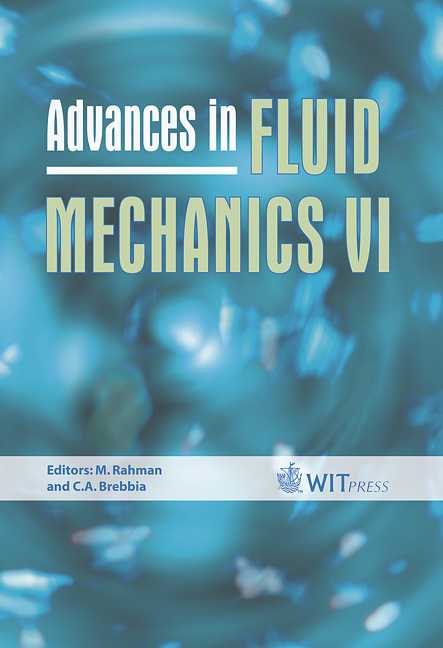High Frequency AC Electrosprays: Mechanisms And Applications
Price
Free (open access)
Transaction
Volume
52
Pages
9
Published
2006
Size
630 kb
Paper DOI
10.2495/AFM060231
Copyright
WIT Press
Author(s)
L. Y. Yeo & H.-C. Chang
Abstract
We have recently discovered a new electrospray phenomenon using high frequency AC electric fields beyond 10 kHz which behaves very distinctly from its DC electrospray counterpart. Experimental and theoretical findings have demonstrated that plasma charging plays a significant role in the electrohydrodynamically-driven interfacial dynamics of the electrospray. These findings show that Faradaic generation of interfacial plasma polarized layers can produce a net normalMaxwell stress that is responsible for the generation of aerosol drops. Experimental results of this plasma polarization phenomenon are presented and scaling theory is employed to elucidate the underlying plasma mechanism responsible for the phenomenon. The AC electrospray is capable of producing micron and sub-micron electroneutral drops or polymeric fibers and is a promising rapid and portable technology for drug encapsulation or biomaterials synthesis for controlled release respiratory drug delivery, wound care therapy or tissue/orthopaedic engineering. 1 Introduction DC electric fields have mainly been used in electrohydrodynamic atomization (otherwise known as electrospraying) [1]. Several DC electrospray modes have been observed [2], the predominant mode being the cone-jet mode in which the liquids meniscus assumes the shape of a sharp cone with half angle approximately equal to the Taylor angle of 49.3o, obtained by balancing the electrostatic and capillary pressures acting on a conical surface for ideal, static equilibrium conditions [3].
Keywords





